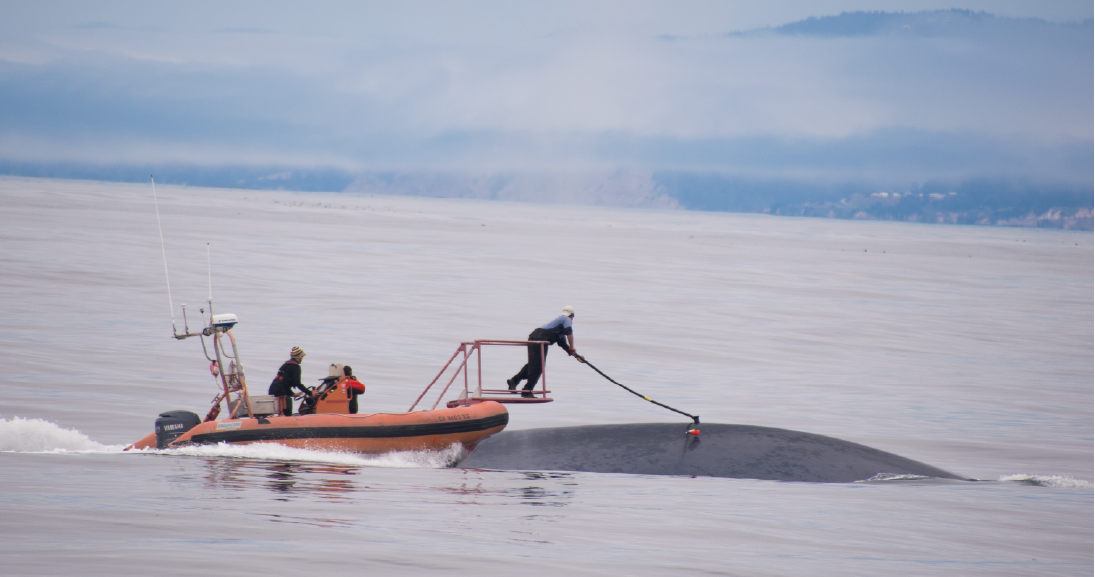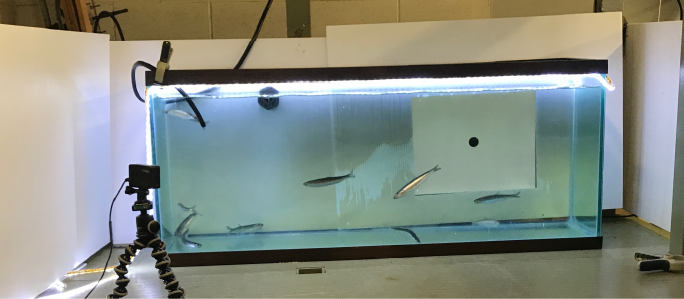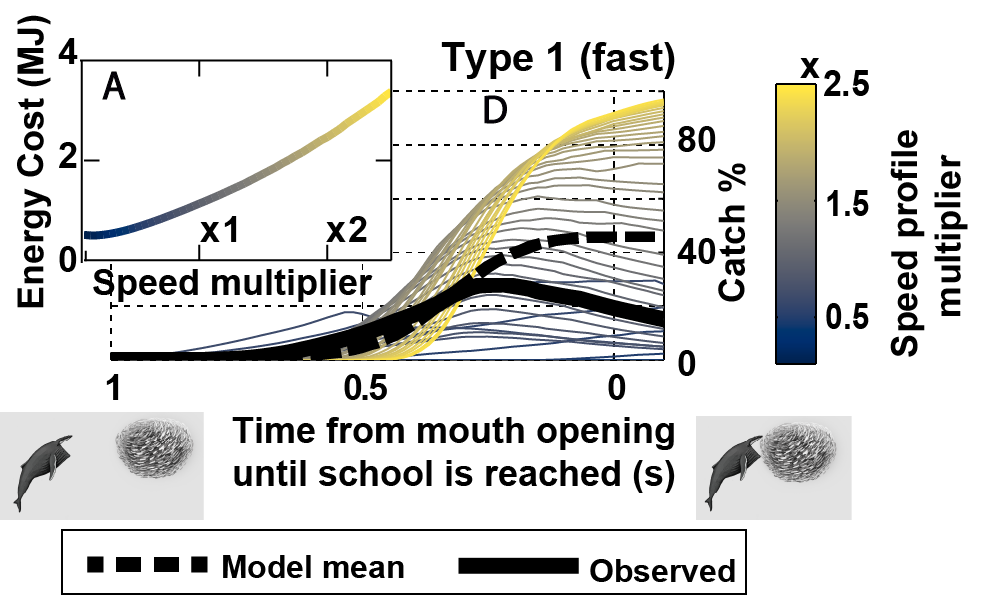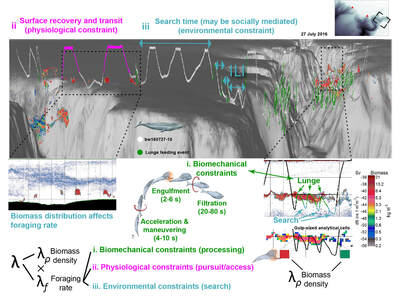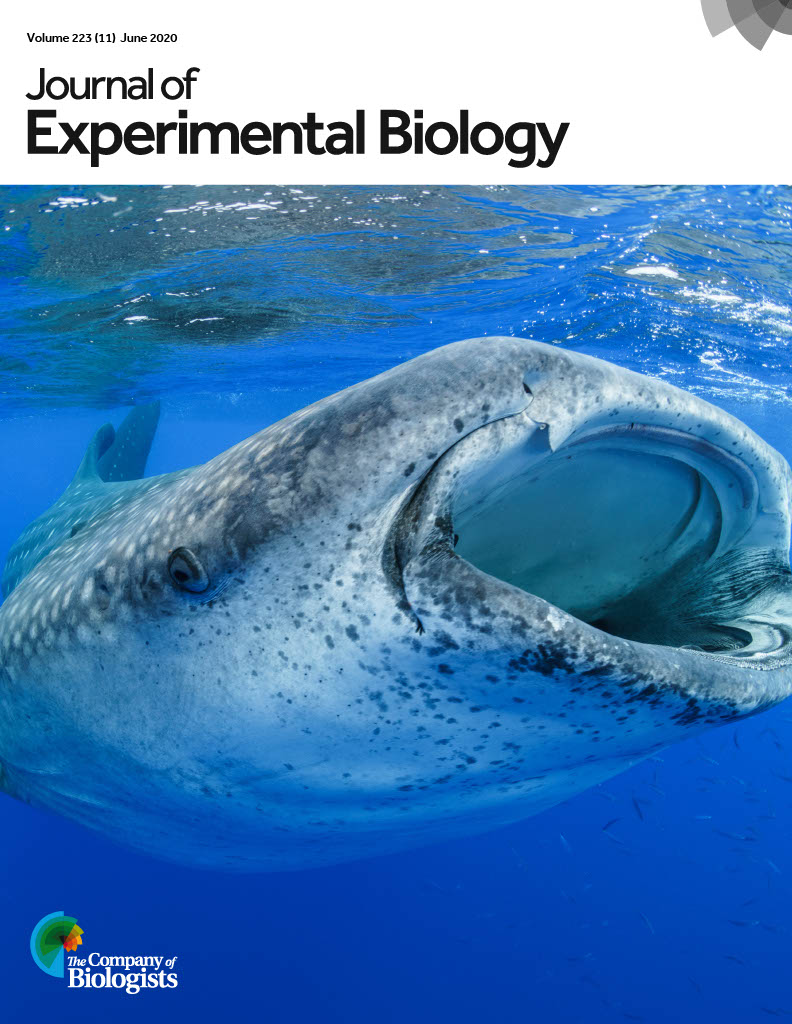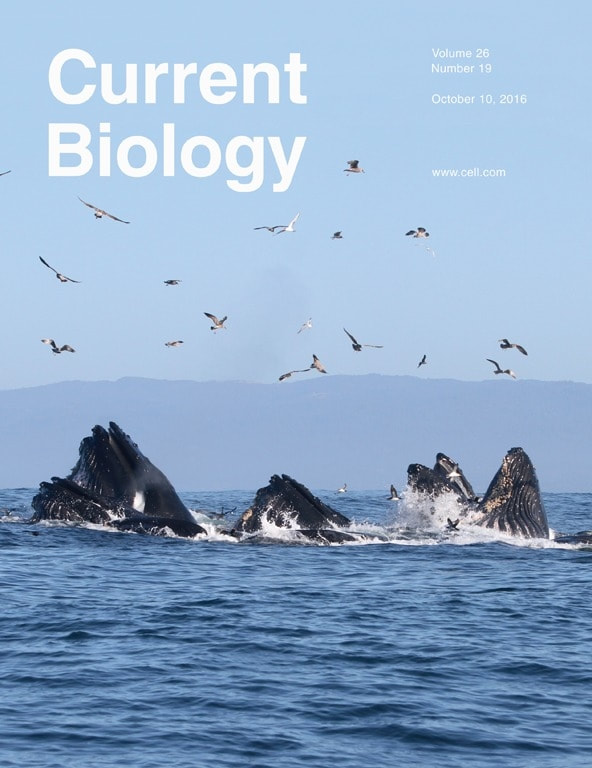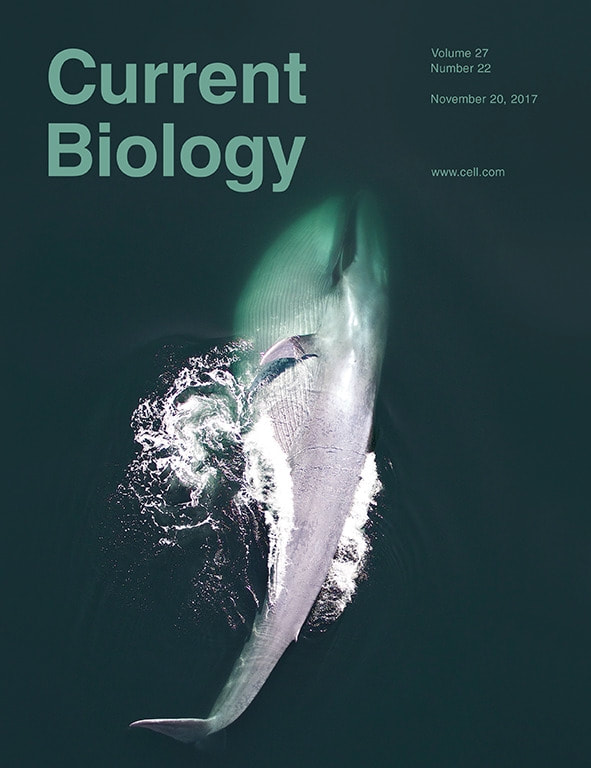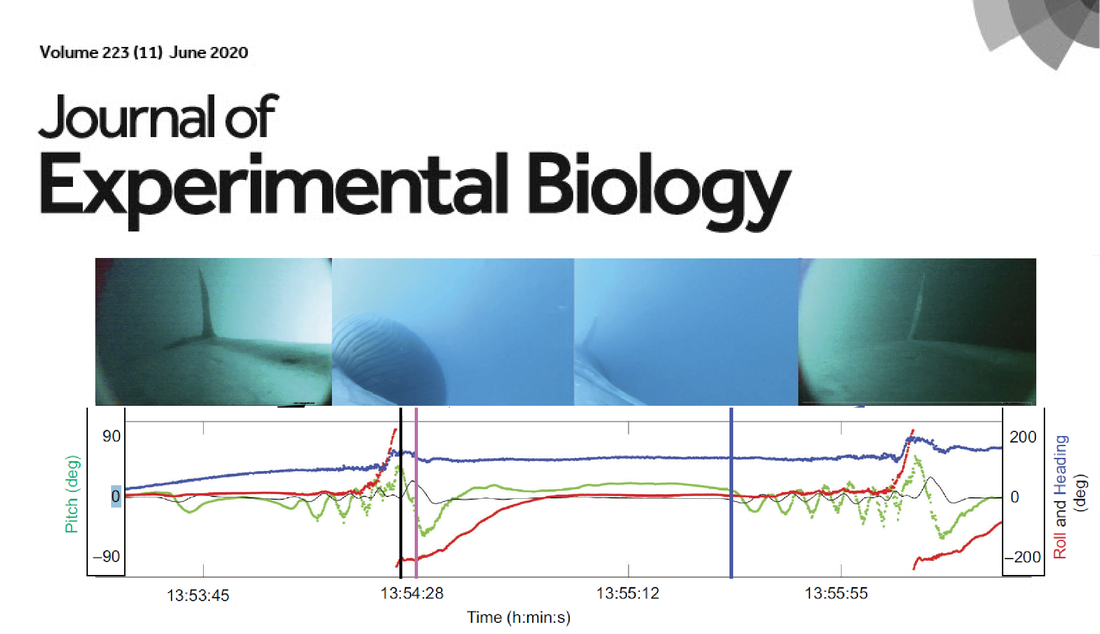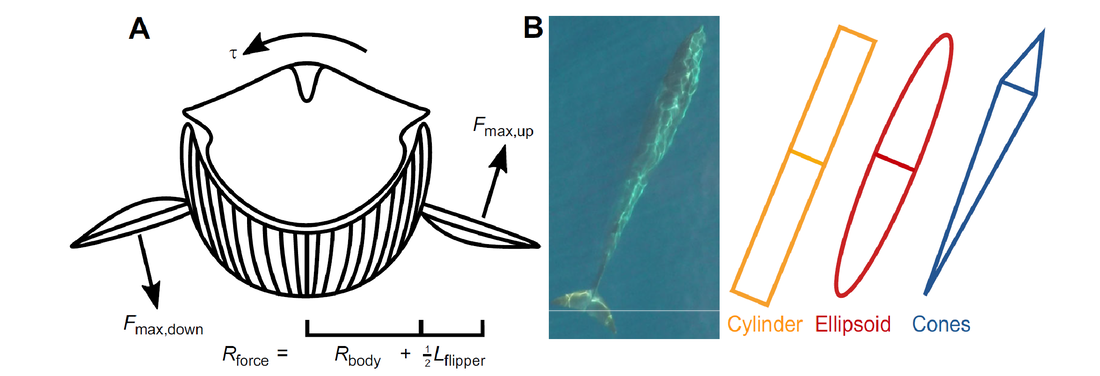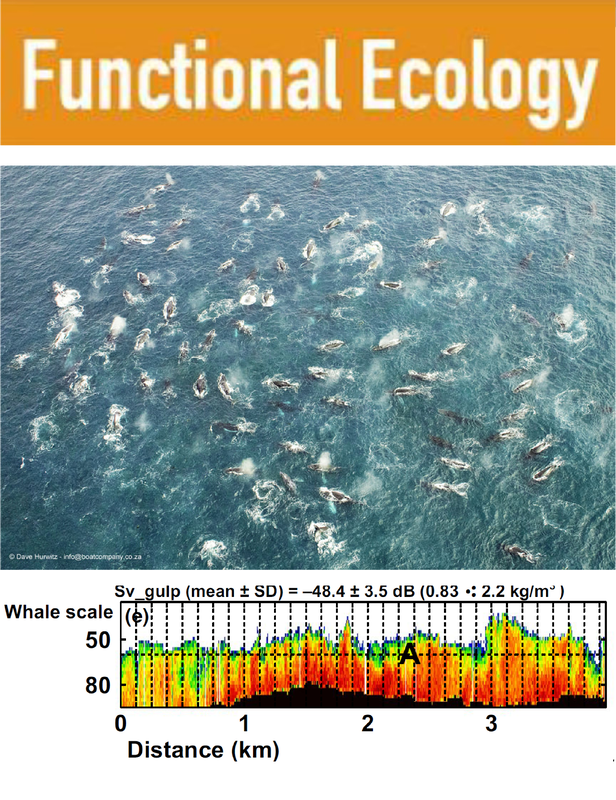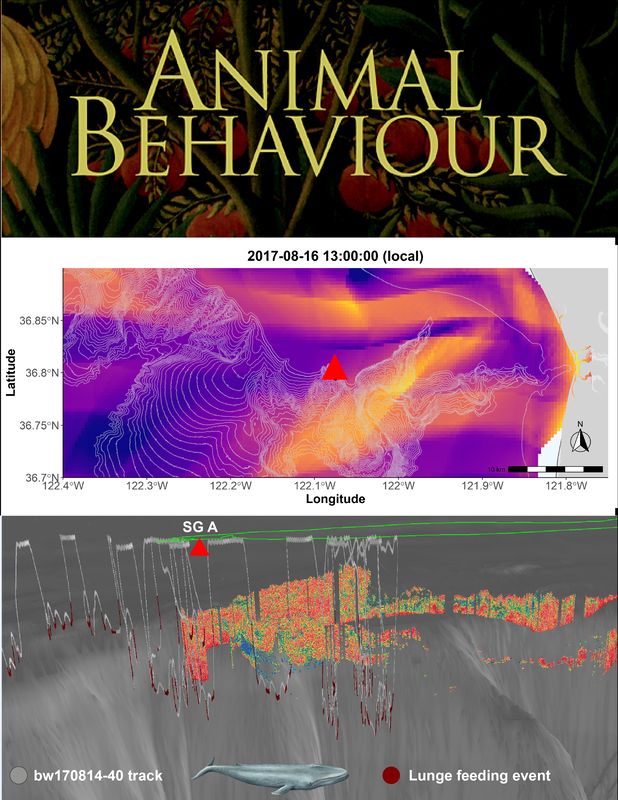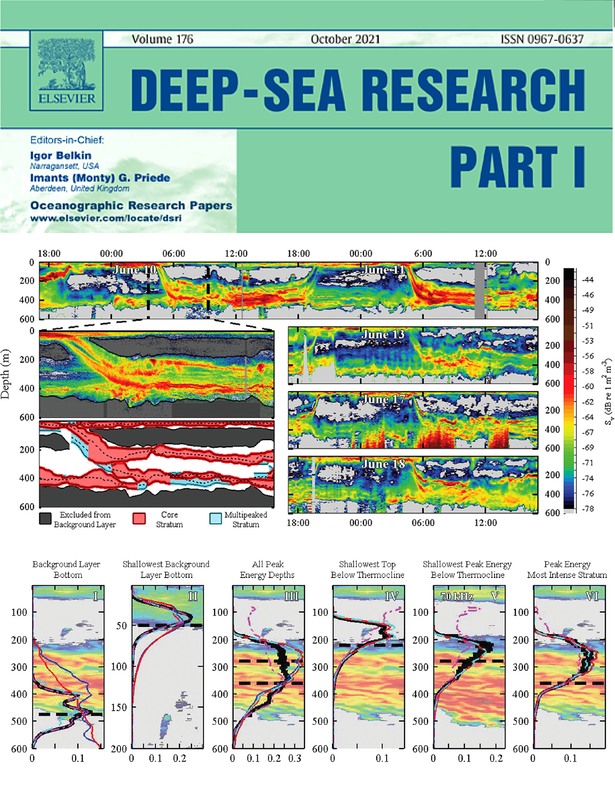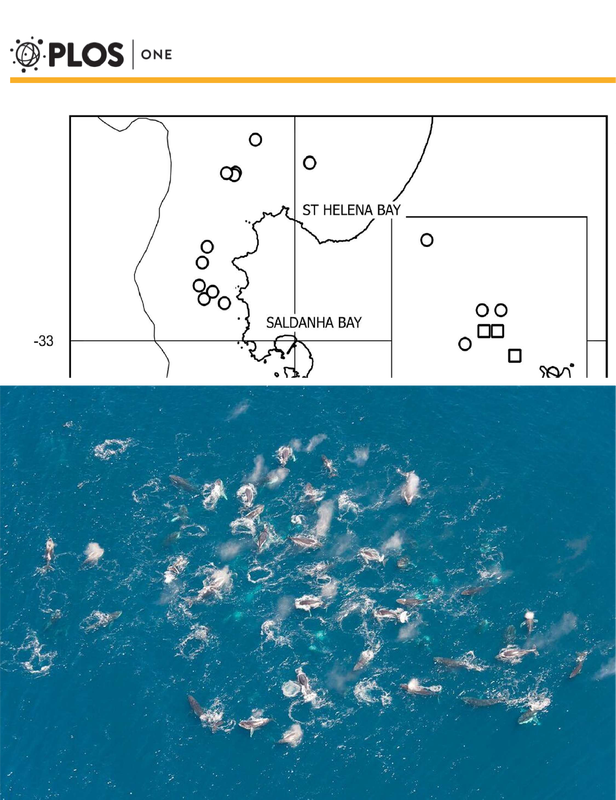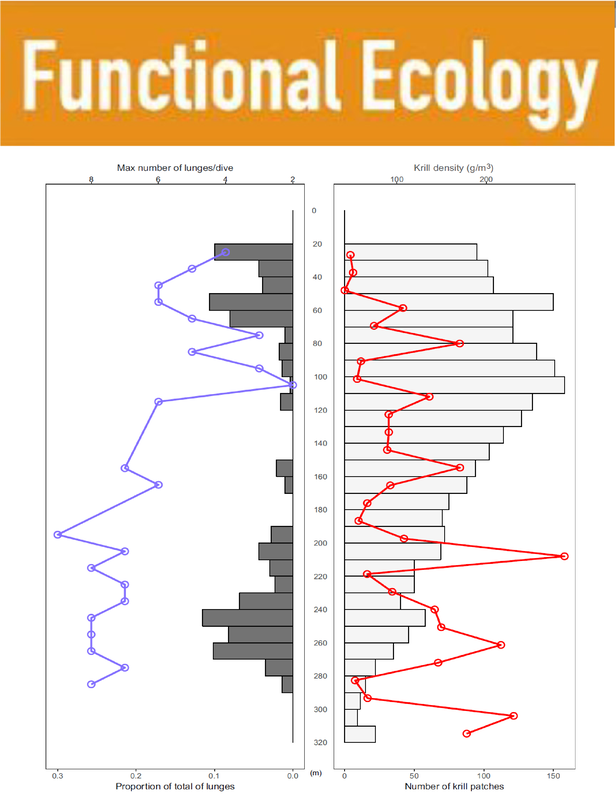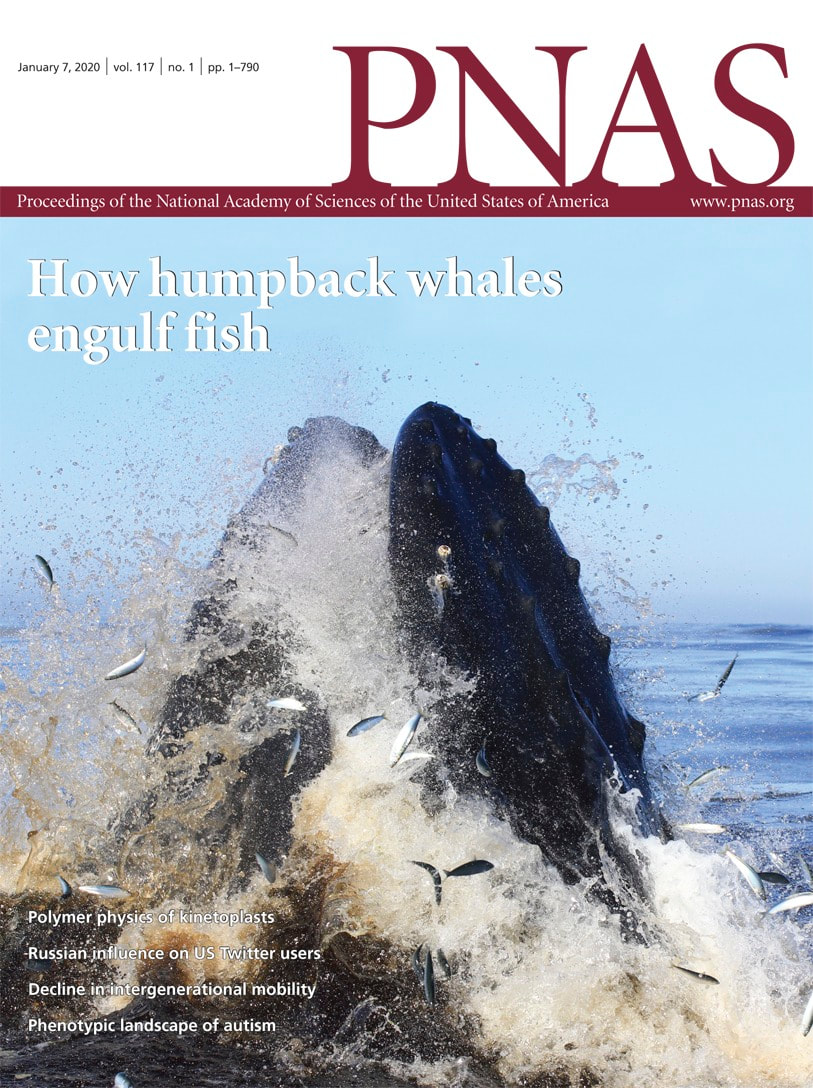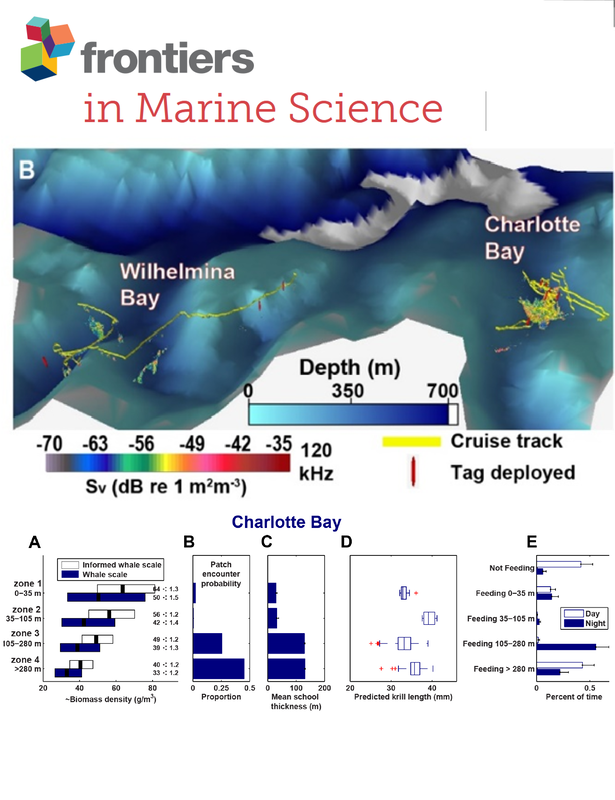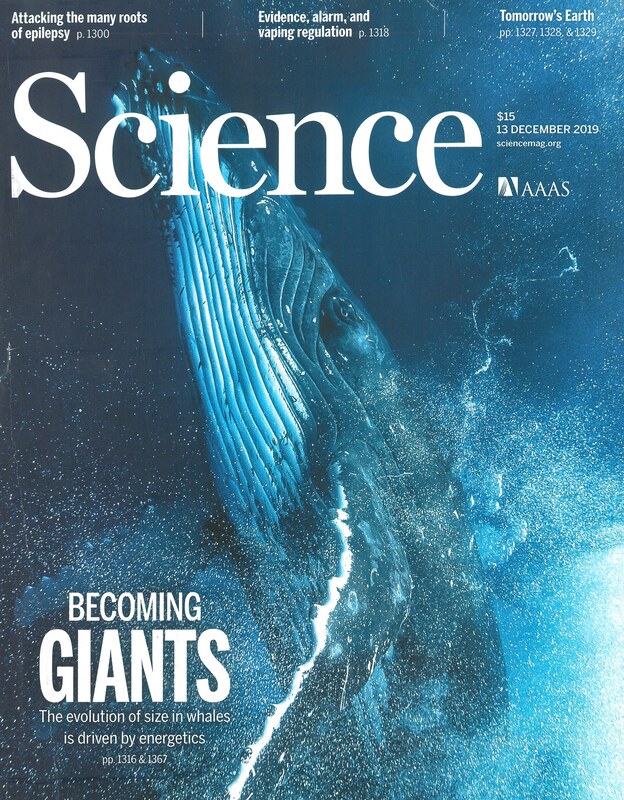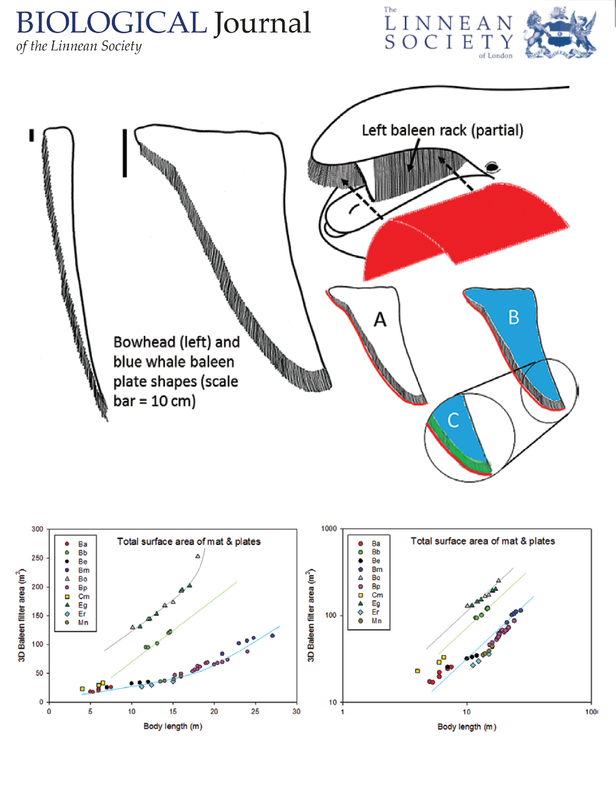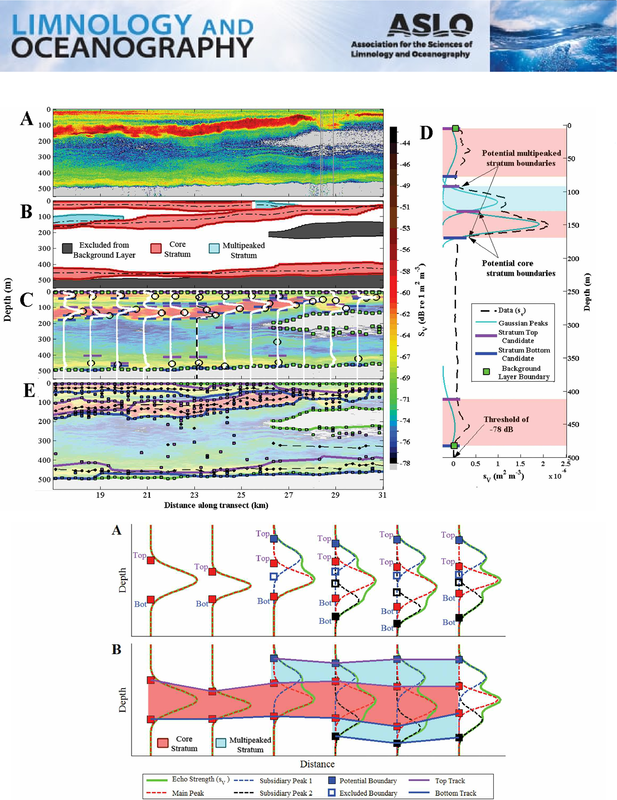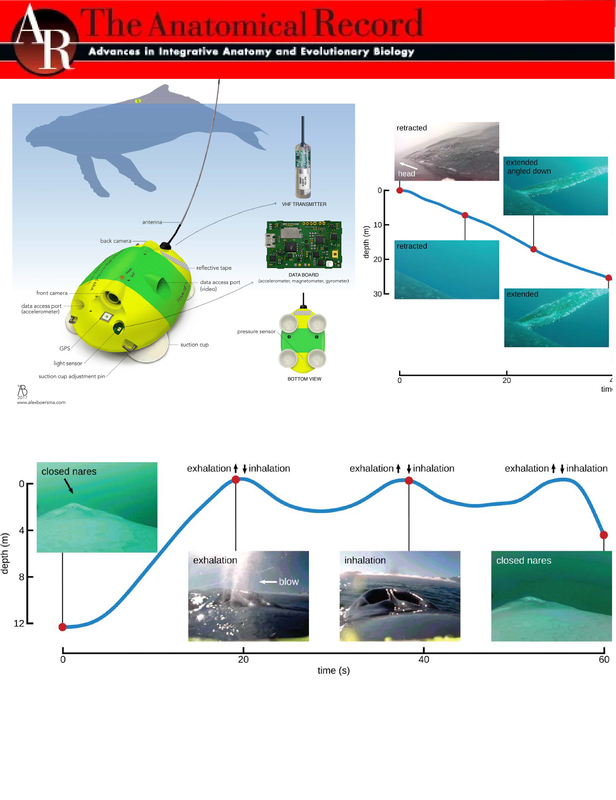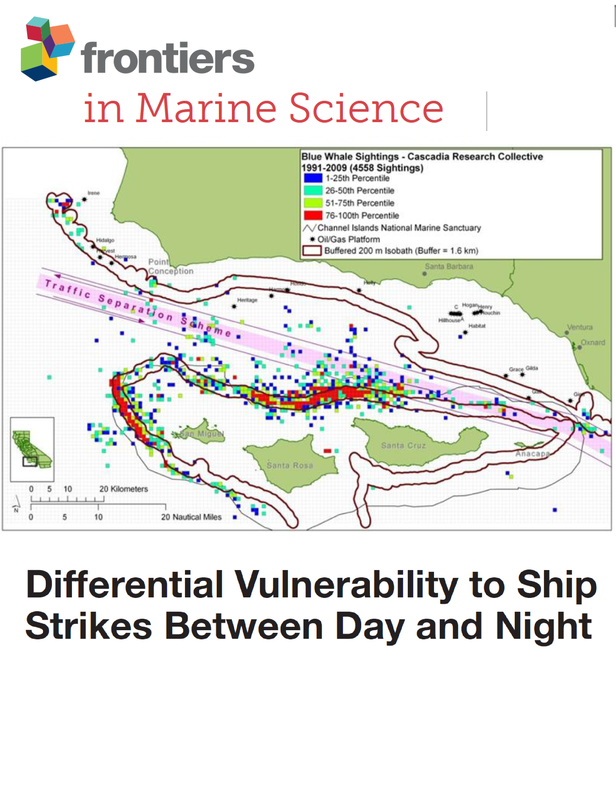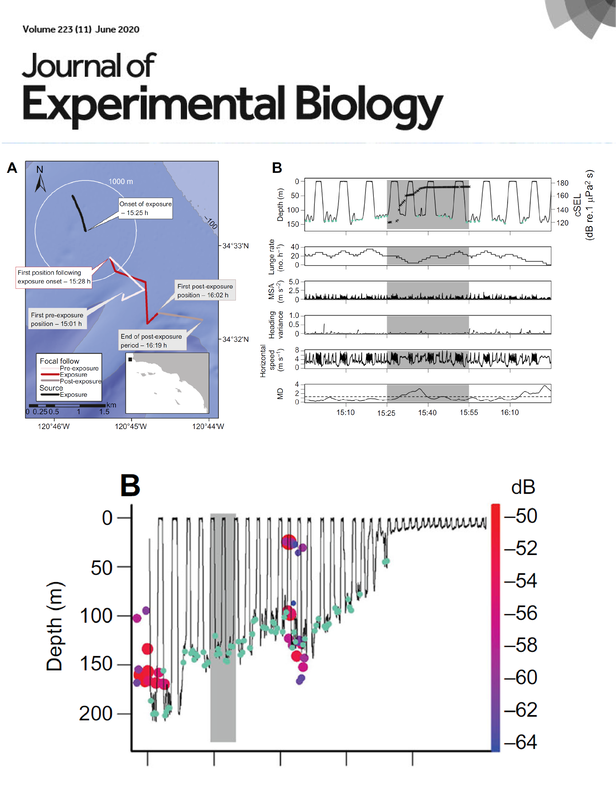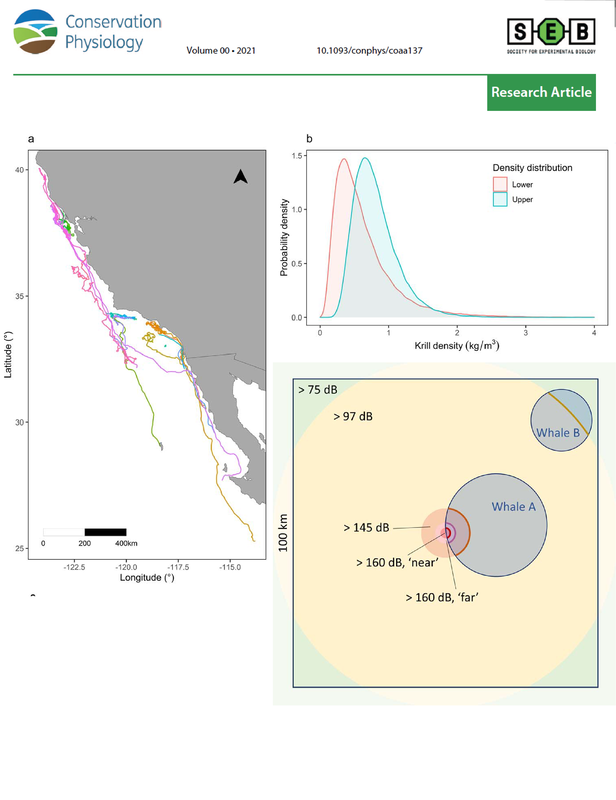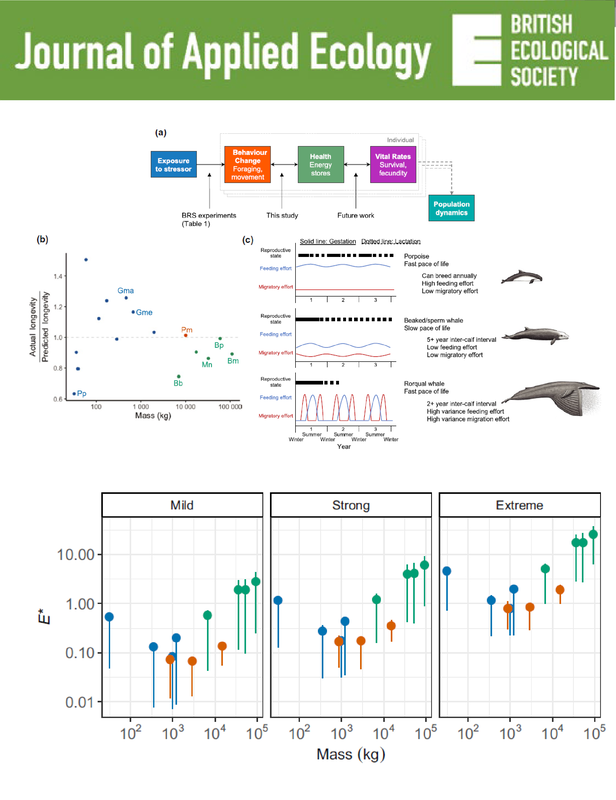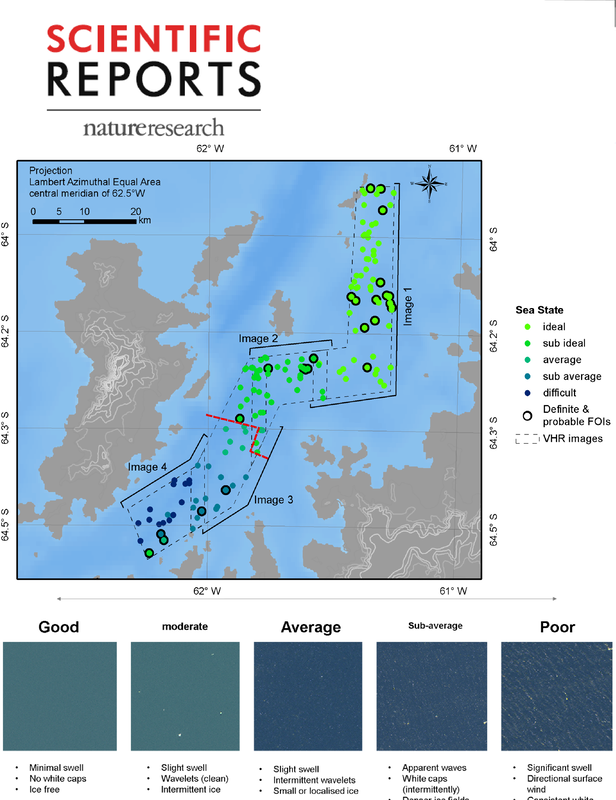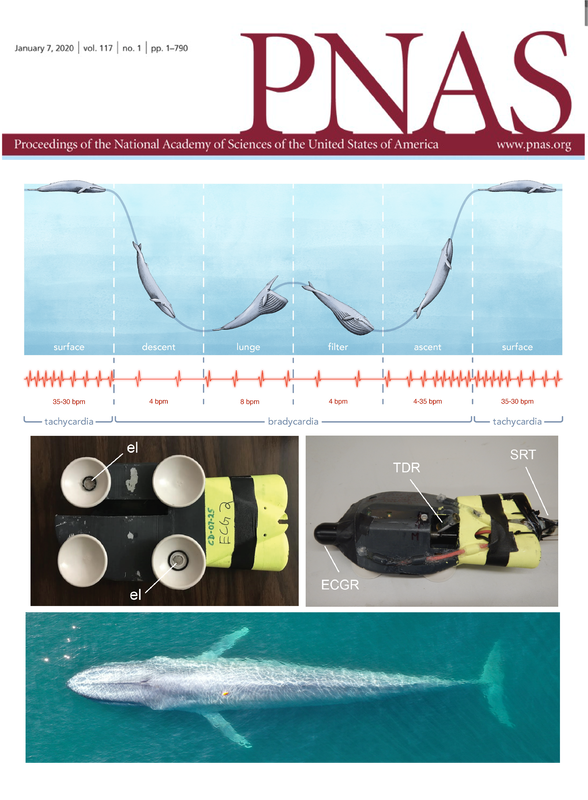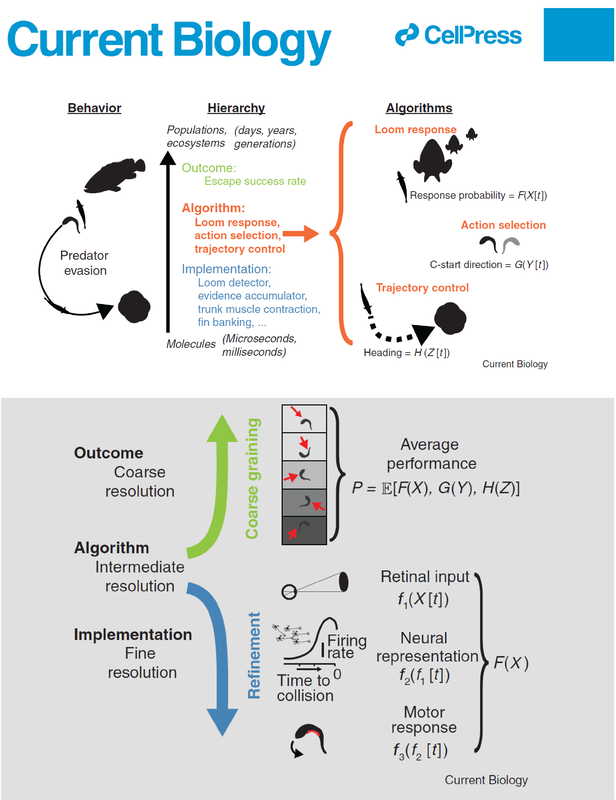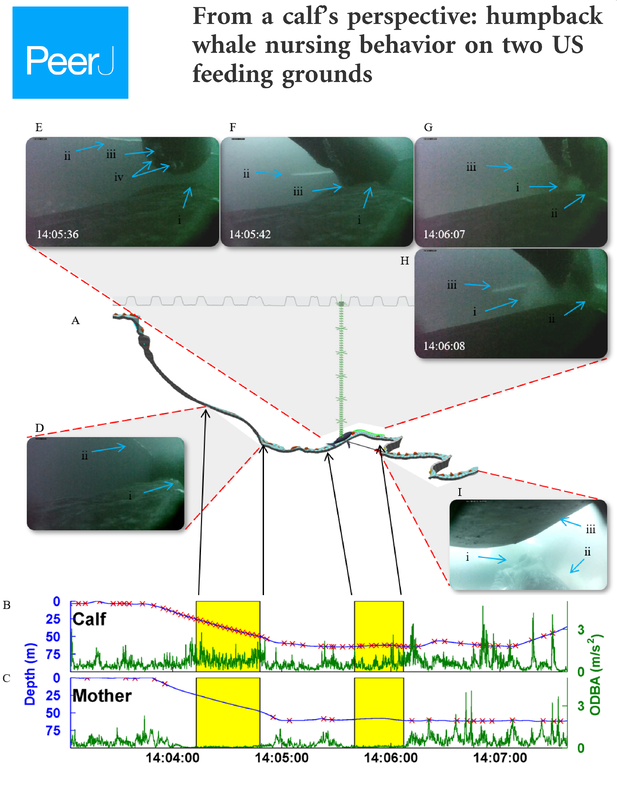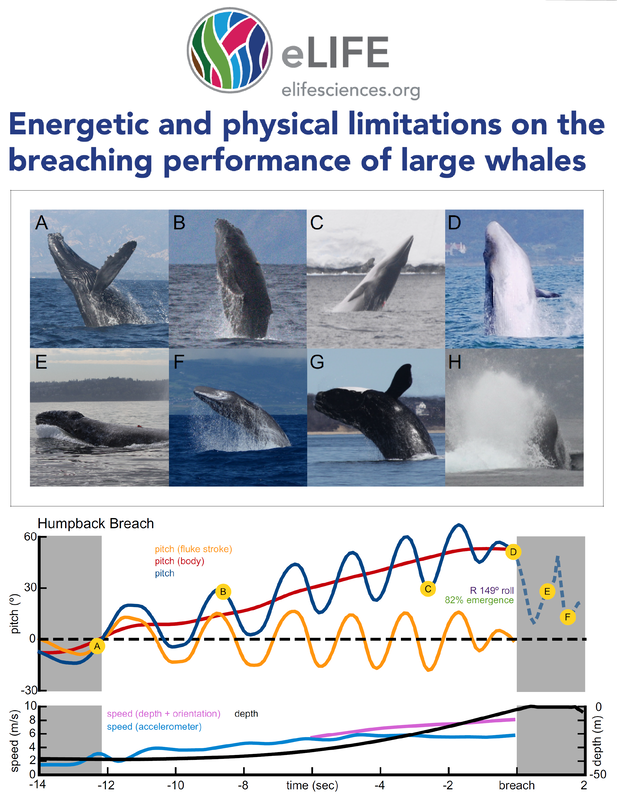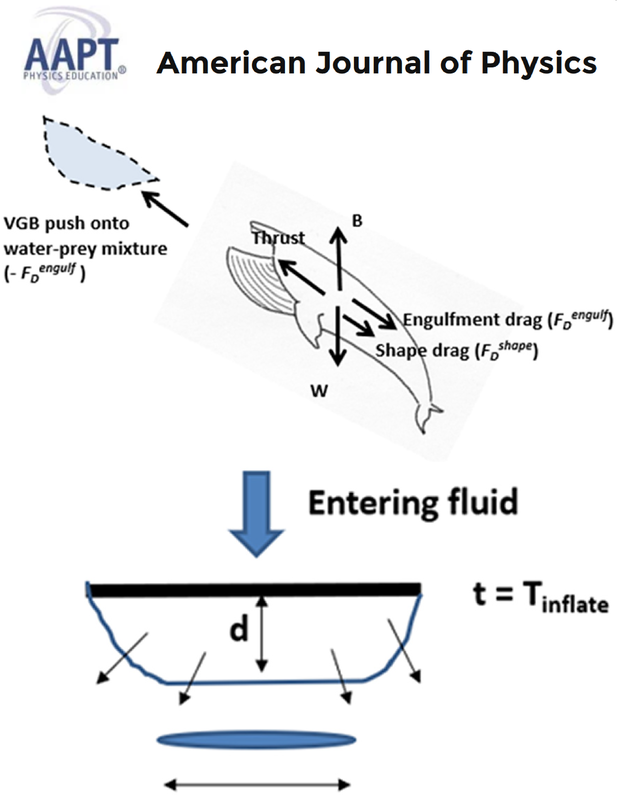|
My research program combines field work, lab work and mathematical modeling to examine the interactions of marine predators and prey across spatial and temporal scales. |
|
My research approaches are multi-faceted and focus on uncovering new insights into how predators catch food and how those processes have shaped the contemporary oceans. My primary study system has been the baleen whale predator/prey system which lends itself especially well to studies regarding body size, patchiness, foraging specialization, and, since baleen whales are oxygen breathing marine animals, studies regarding tradeoffs between biomechanical, environmental and physiological constraints:
|
Broad categories and selected works that describe my research approaches:
Biomechanics
Fundamentally, organisms are limited by their abilities to perform within their environments. My research examines the biomechanical advantages and constraints involved in finding, catching and processing food.
Patchiness (heterogeneity of resources)
A well known tenet of oceanography is that organisms cannot survive on the mean distribution of resources in the environment, but instead must exploit regions of high-density which can exhibit both spatial and temporal heterogeneity. Yet describing patchiness appropriately is a fundamental challenge in ecology.
Niche partitioning
In 1991, Perrin observed that there appear to be more rorqual species (and whale species generally) than would be expected, especially given that many rorquals have nearly global ranges and all feed in a similar manner and can feed on similar prey. Resolving this enigma requires investigation into what axis of heterogeneity drives rorqual whale speciation and specialization.
New methods and tools
A technological and engineering revolution has made tools for scientific investigation of wild animals more ubiquitous and available than ever. However, science remains a niche market, and open-access tools for processing data effectively have lagged behind the development of hardware and data collection. Much of my work has focused on developing and disseminating new methods and tools that can be used by both novice and experienced data scientists.
Conservation
The fundamental driving force behind all of my science is the idea that the more we know, the more we can make better decisions about how we as a species interact with the planet. Much of my research program directly addresses conservation objectives.
Organismal physiology
Similarly to biomechanics, my interests in physiology relate to the dynamics that enhance or constrain foraging efficiency. My research involves organisms with some of the largest physiological needs on the planet; how they are adapted to meet those needs informs how they can interact with their environment.

